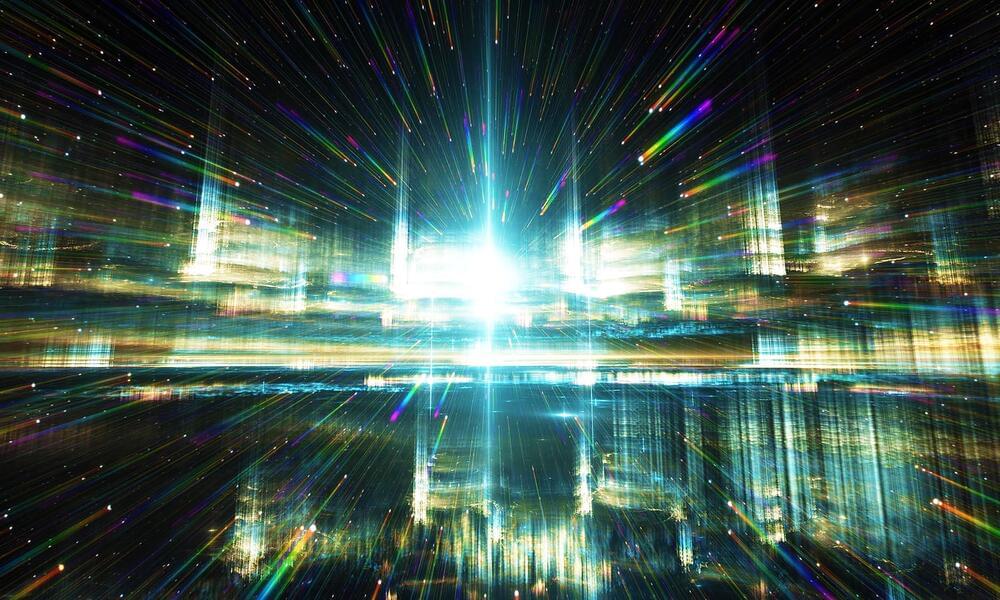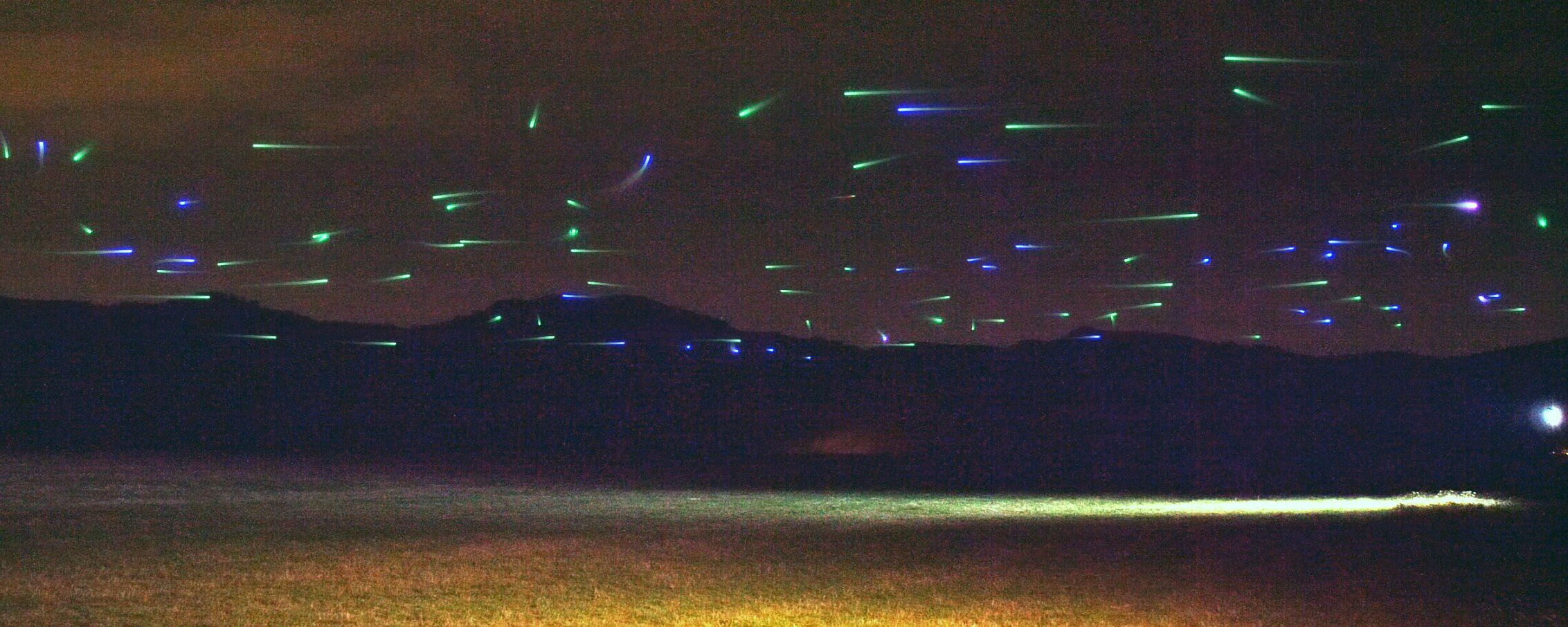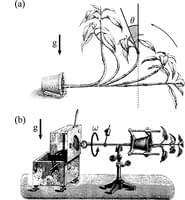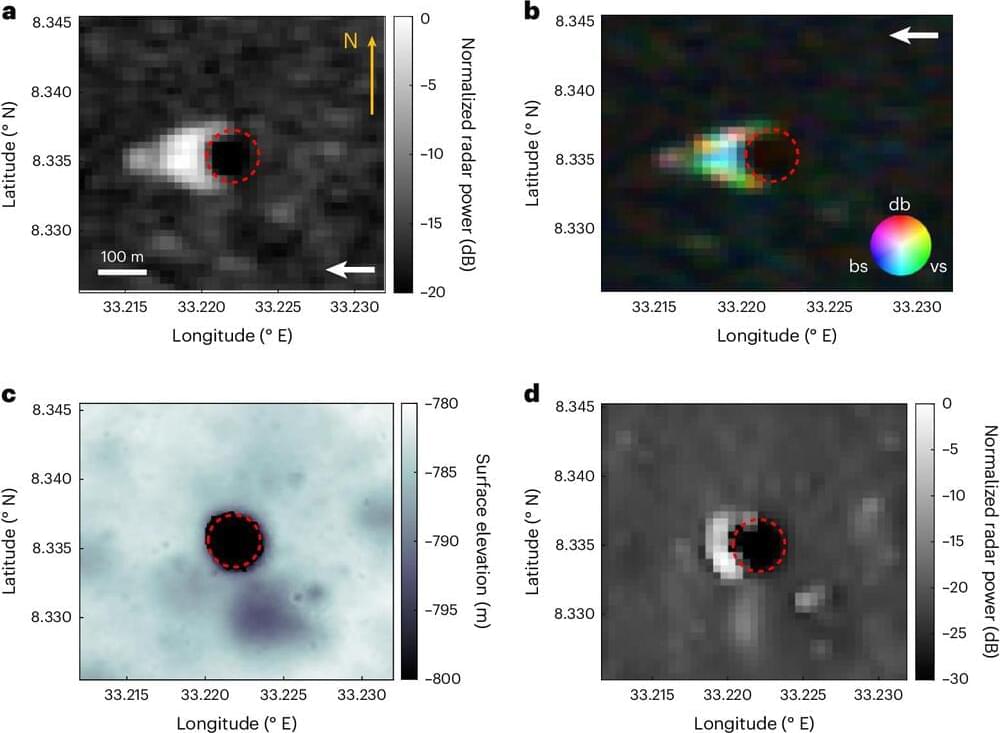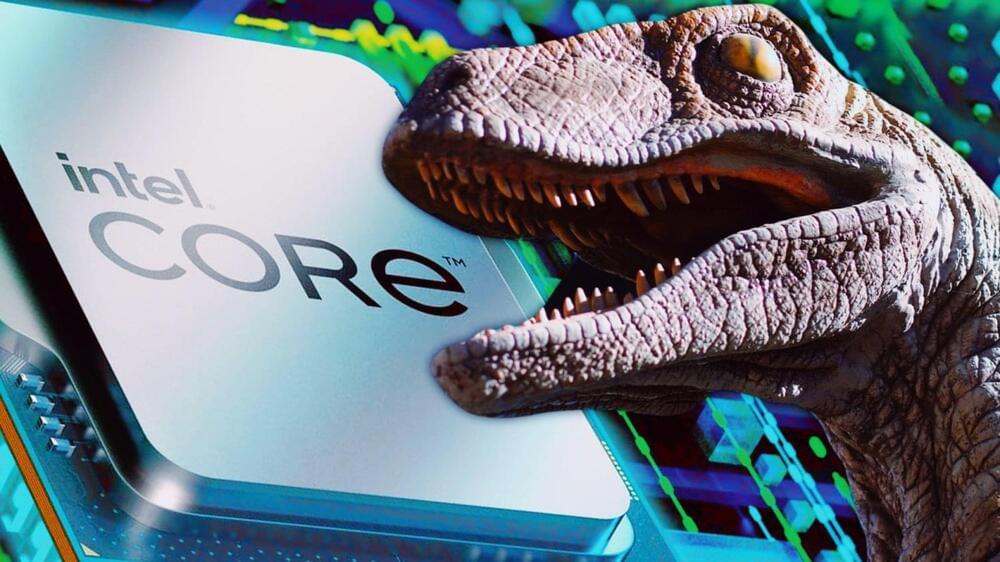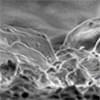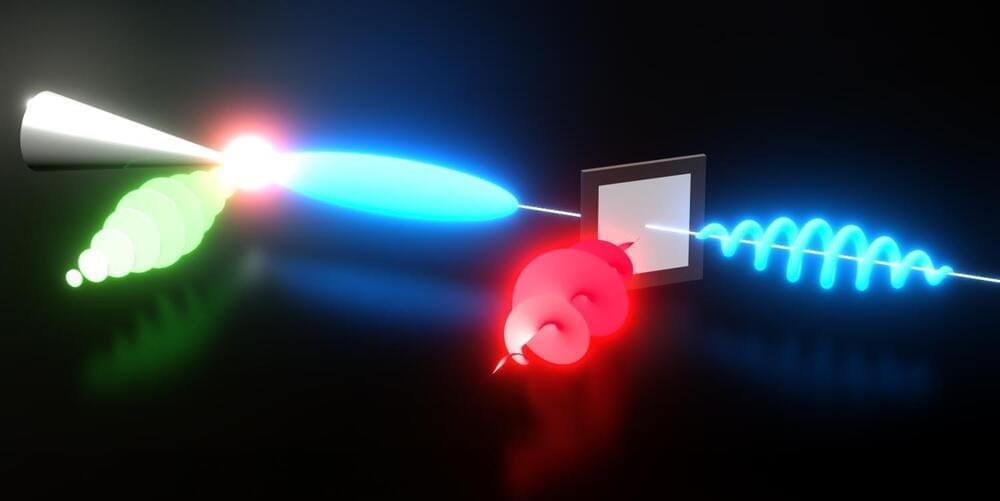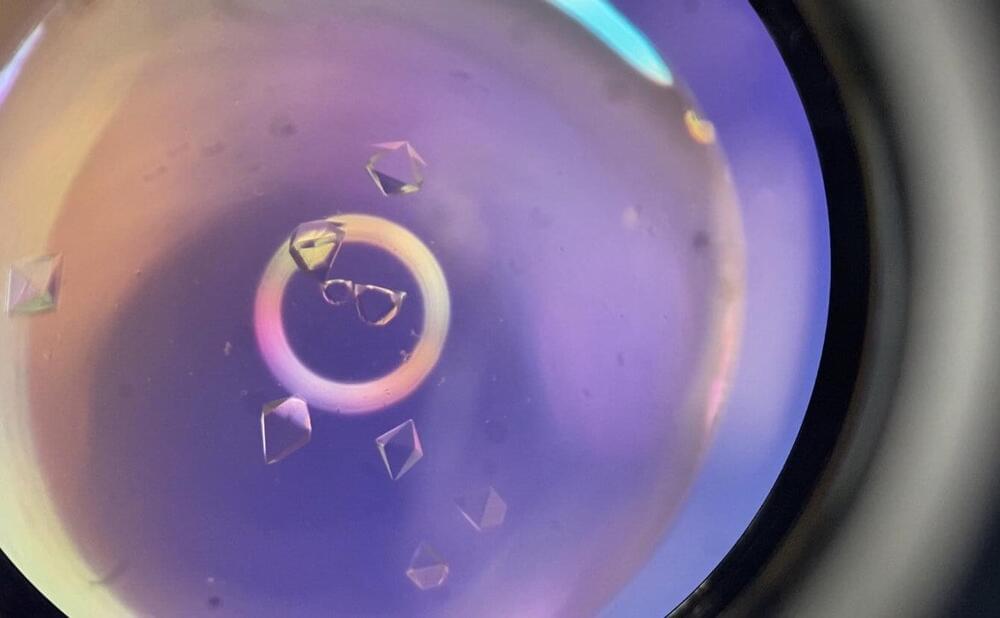Jul 16, 2024
How faster-than-light ‘tachyons’ fit into the special theory of relativity
Posted by Shubham Ghosh Roy in category: particle physics
In the world of physics, the idea of particles moving faster than light has always been a bit of a wild card. These particles, known as tachyons, have stirred up debates and skepticism.
However, a recent study published in Physical Review D has shaken up our understanding of these enigmatic particles.
For a long time, tachyons were considered more of a theoretical oddity than a scientific possibility. They seemed to conflict with the special theory of relativity, which has been a cornerstone of modern physics.
